Tennessee's Tornadoes are the Deadliest Kind in the Country
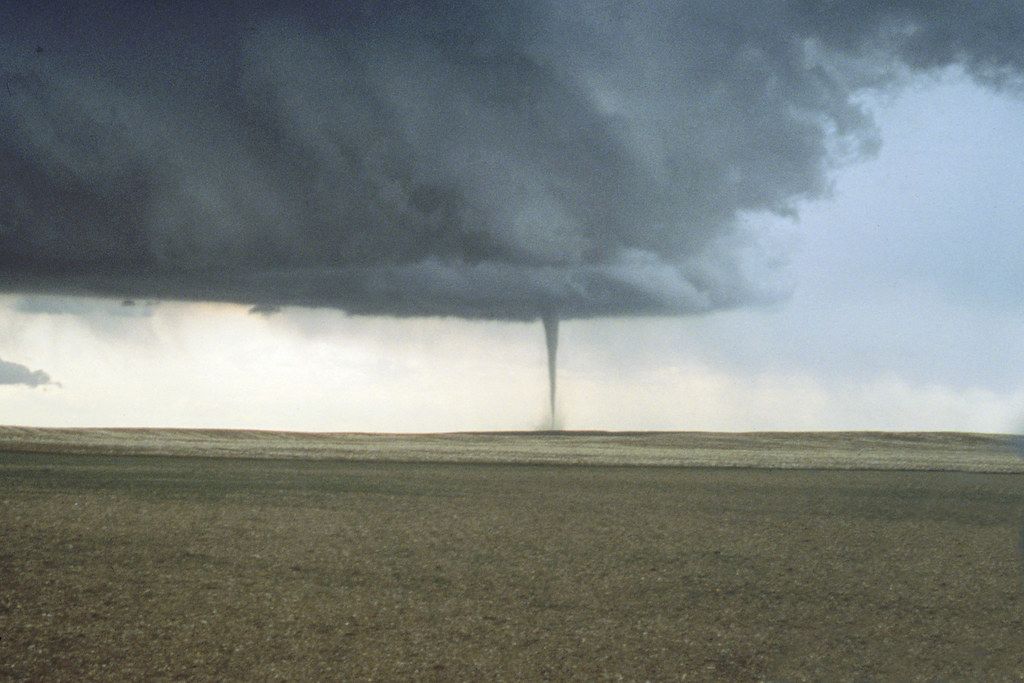
Tennessee is home to the deadliest type of tornadoes, but we aren't prepared. People in this state don't believe tornadoes hit this area, leaving them vulnerable to the most fatal type of tornadoes in the country - the ones that strike at night.
Image by Vortex II
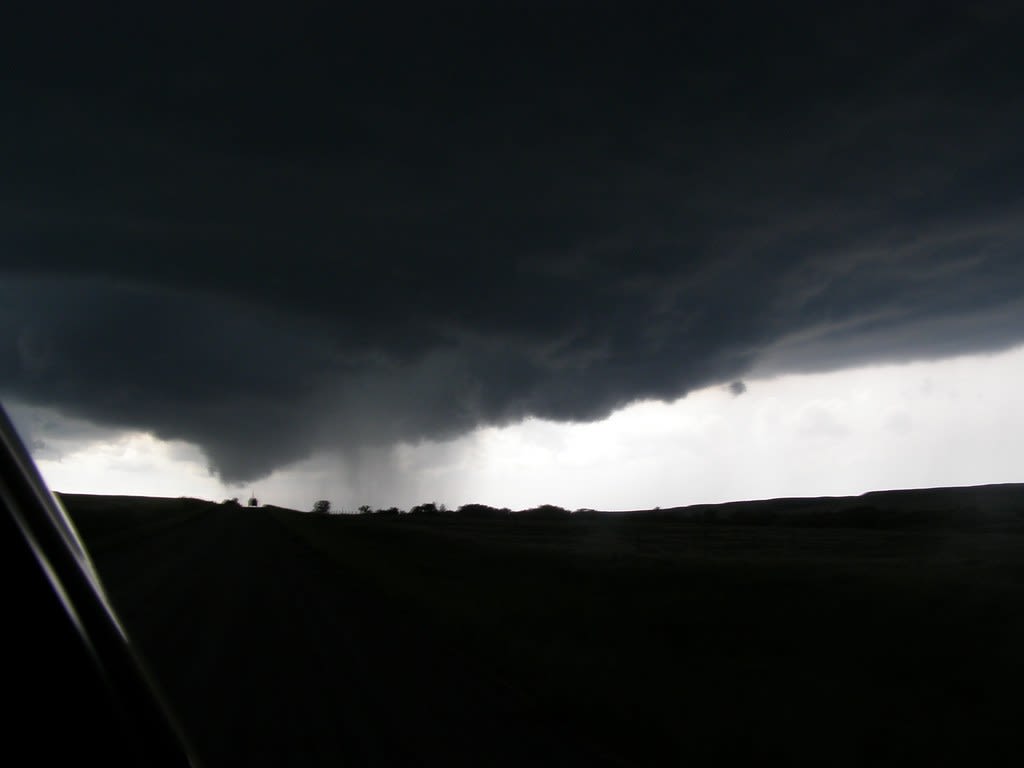
It’s a common myth that the most fatal and devastating tornadoes occur in the Great Plains. The disasters that frequently devastate this region are widely publicized on televisions across the country. But the most fatal tornadoes are actually happening in our own backyard – at night. The southeast is home to the most fatal tornadoes in the country, because they’re happening when nobody can spot them.
73% of the tornadoes in the southeast occur during the night, and in Tennessee particularly, we have the largest proportion of tornadoes happening at night, according to University of Tennessee geography professor and climatologist Dr. Kelsey Ellis.
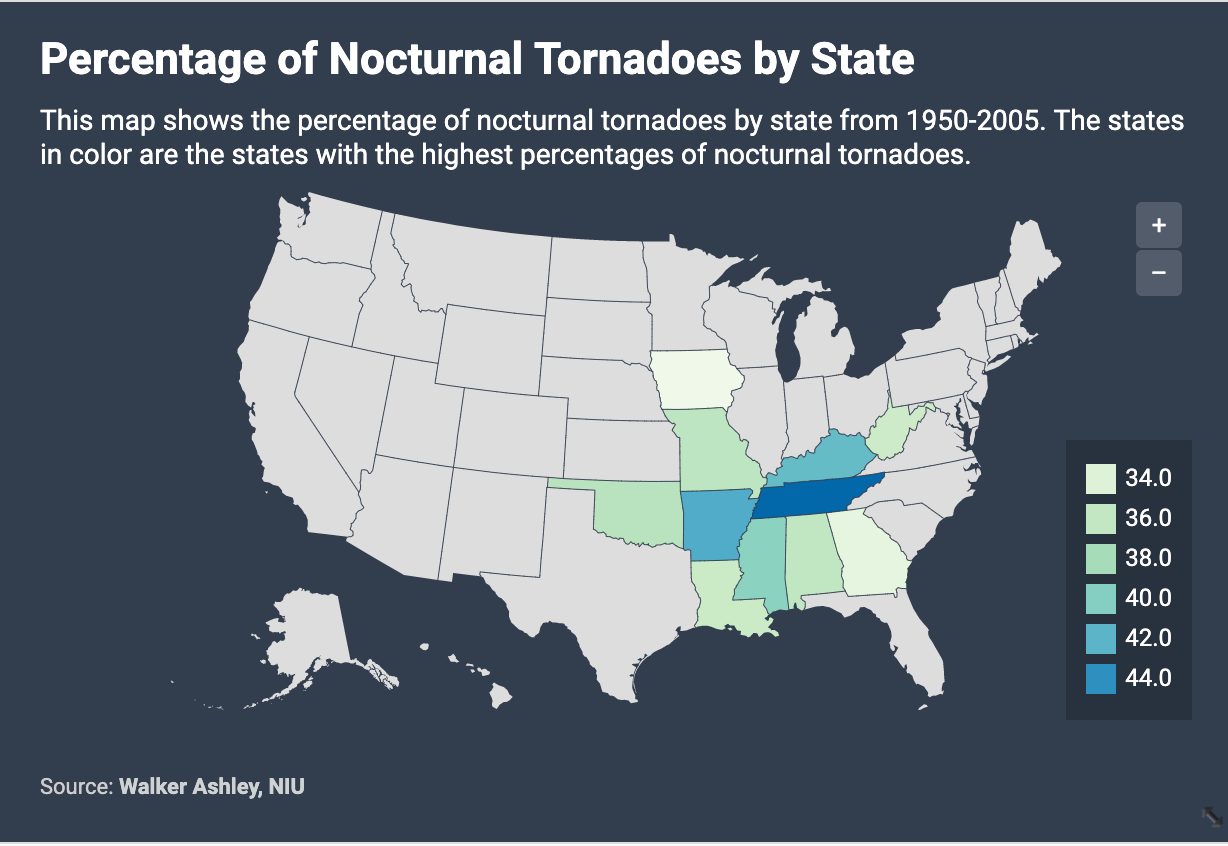
“Over half of the tornadoes Tennessee experiences are at night, which is the highest proportion of nocturnal tornadoes in the country,” Ellis said in an interview. “If there’s a 50 percent chance of a tornado happening it would happen at night, and that’s more than anywhere else on the planet.”
Because these tornadoes happen at night, they are extremely hard for meteorologists to accurately predict, and it’s even harder to alert the public, which is generally unaware of the risk.
Nighttime tornadoes move much faster than those in the day, and are less predictable in their behavior, according to Ellis. “What we’ve found is that the majority of daytime, and really in Memphis the majority of Memphis tornadoes come from discrete super cells,” said Ellis. “Those pretty storms that are easy to forecast but are likely to have stronger tornadoes, but as you move into central and eastern Tennessee you start to see this linear signal.”
Image by OAR/ERL/National Severe Storms Laboratory (NSSL)
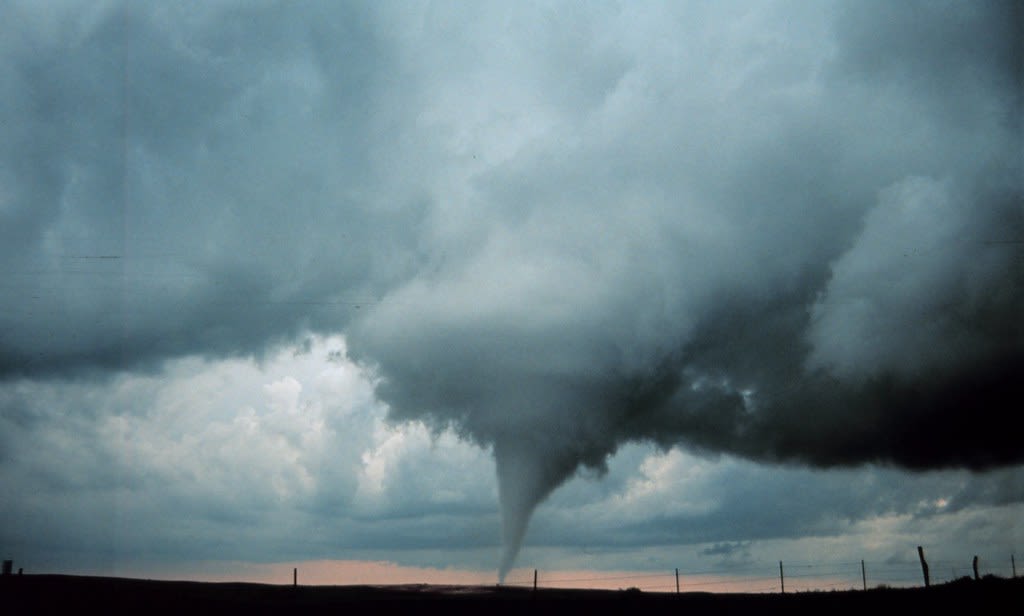
She says these linear storms, also called QLCS’, cause weaker tornadoes than we see during the daytime discrete supercells, but the formation and quick changes of these lines makes it much harder for forecasters to predict where and when tornadoes may form. And that’s what makes forecasting nocturnal tornadoes so difficult for forecasters: many nocturnal tornadoes are linearly formed.
“The other main issue is that at night, no one can see anything, so no one can tell forecasters what is going on to help them get an idea of what the storm looks like and where a tornado may form”, said Ellis. “During the day we have more clues because people see things and report what they are seeing. We call this “ground truthing.”
The other problem forecasters face in keeping Tennessee residents safe from these fatal storms is that people here don’t believe a tornado will hit them and are not heeding severe weather storm warnings. Dr. Lisa Reyes Mason, a University of Tennessee professor in the College of Social Work, says the lack of response to tornado warnings in Tennessee can be linked to a lack of tornado experience for residents here.
“One thing we find is that in East Tennessee in particular, we actually do have less tornadoes, less tornado warnings," said Mason. “These storms as they move across lose some of their energy, lose their power to produce tornadoes and the ways that the tornadoes look are different than if think about Kansas or Oklahoma and those massive super cells. That’s not what happens here because the storms change, so part of it is that people have less experience with tornadoes.” Her research shows that people with less prior experience with tornadoes are less likely to respond to tornado warnings and take shelter.
She also says that people in Tennessee don’t always take shelter because of a common myth: Tennessee doesn’t have tornadoes because it is protected by geographical factors. “In West Tennessee, it's more common that people might believe that they are being protected by the river”, said Mason. “As you move across and get to East Tennessee, there is more of a common belief that the mountains protect you. And it’s not true.” She says this false belief leaves people vulnerable and unsafe.
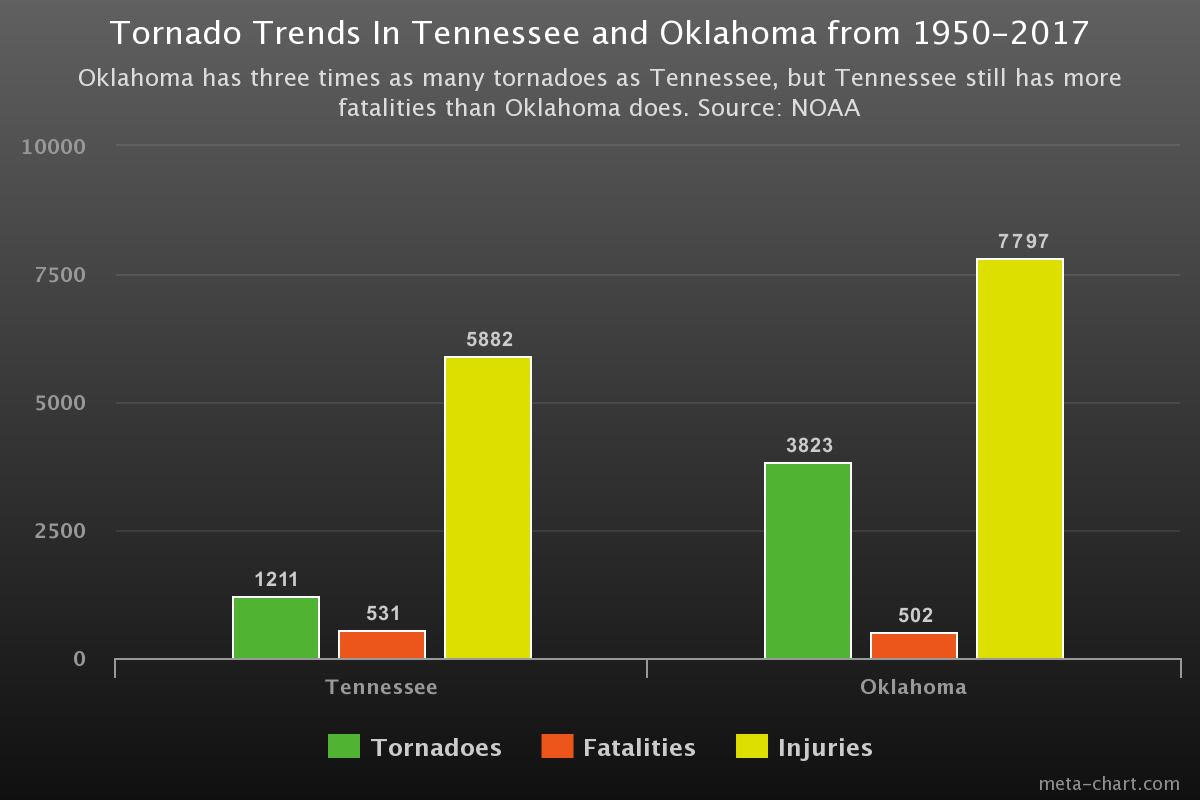
Tennessee residents can still take action to make sure they are safe. Plan ahead and know where to go in case of a tornado, and go there as soon as a watch is issued, says Ellis. On average, she says there is about a 14-minute window between the time a watch is issued, and a warning goes into place, so if you wait until a warning to take cover, it may be too late. It is also vital to your safety to make sure you can hear tornado alerts at night, so you know when to take safety.
“Cell phones that receive push alerts or texts are great and offer a more accurate warning area, but if you have it on silent or do not disturb, you may miss alerts,” WATE Channel 6 Knoxville meteorologist Ken Weathers said in an email. “So, I always say if bad weather is possible at night, make sure not to silent your phone and keep it charged in case of power outages.”
But maybe the state can do more to ensure its people’s safety beyond just educating its people on tornado safety. “There are policies around developing subdivisions,” Mason said. “There are regulations about developers having to provide a retention pond. Similar concept, if you’re going to have a certain kind of development for people and there’s an area that has something like tornadoes, maybe there’s a policy where you have to have some type of designated safe shelter for people to go to. Maybe an idea is to have some type of policy idea.”


